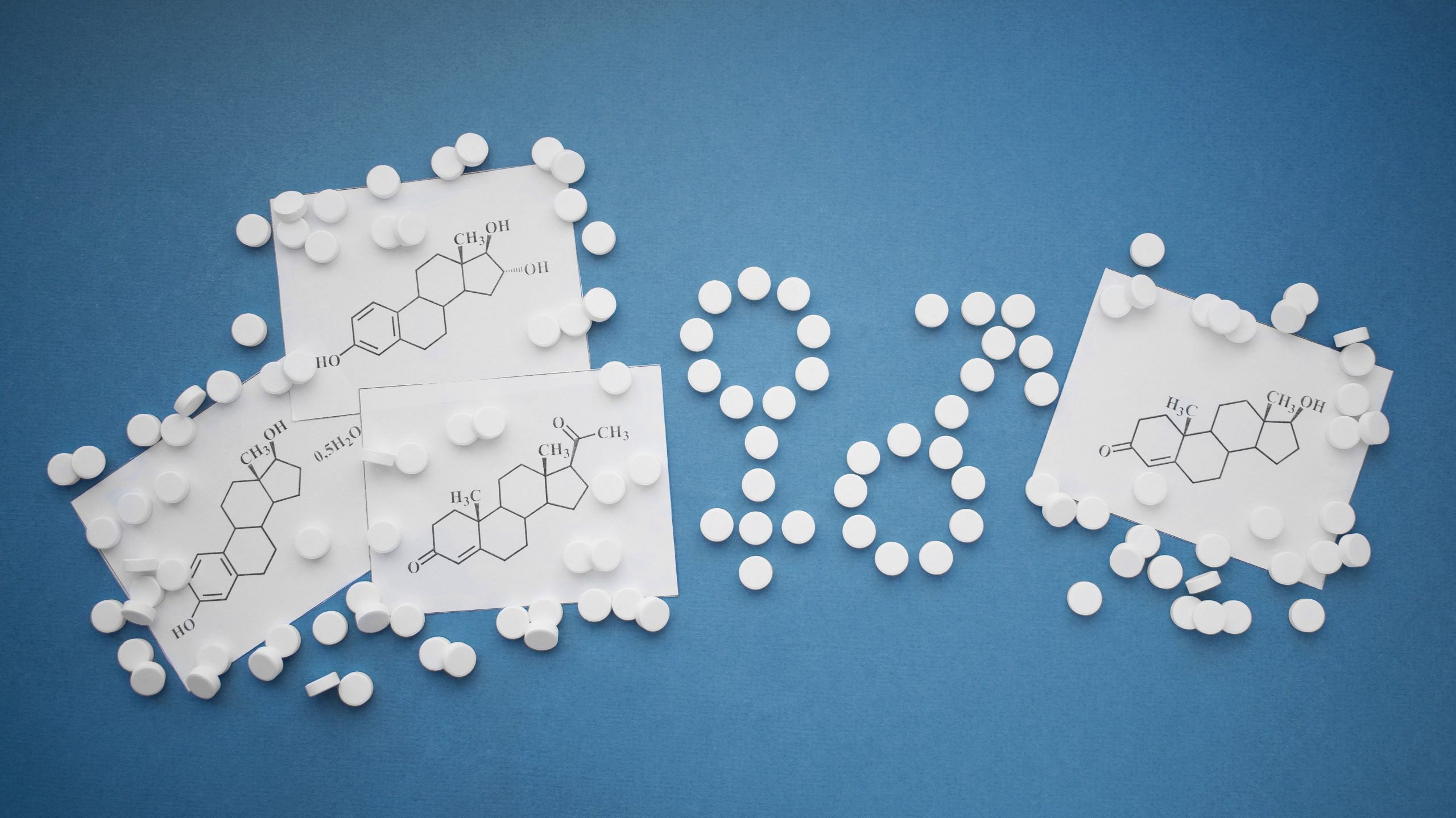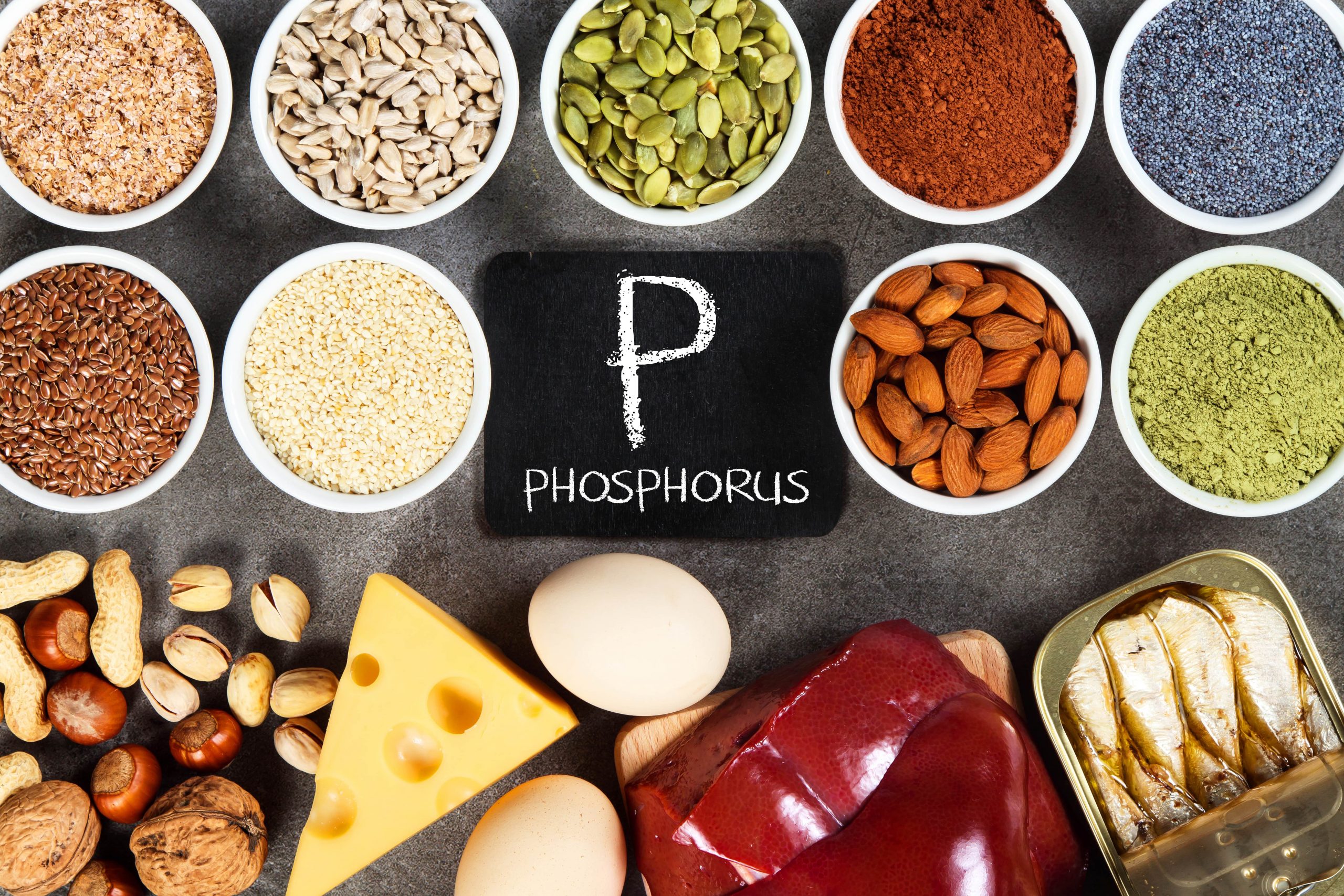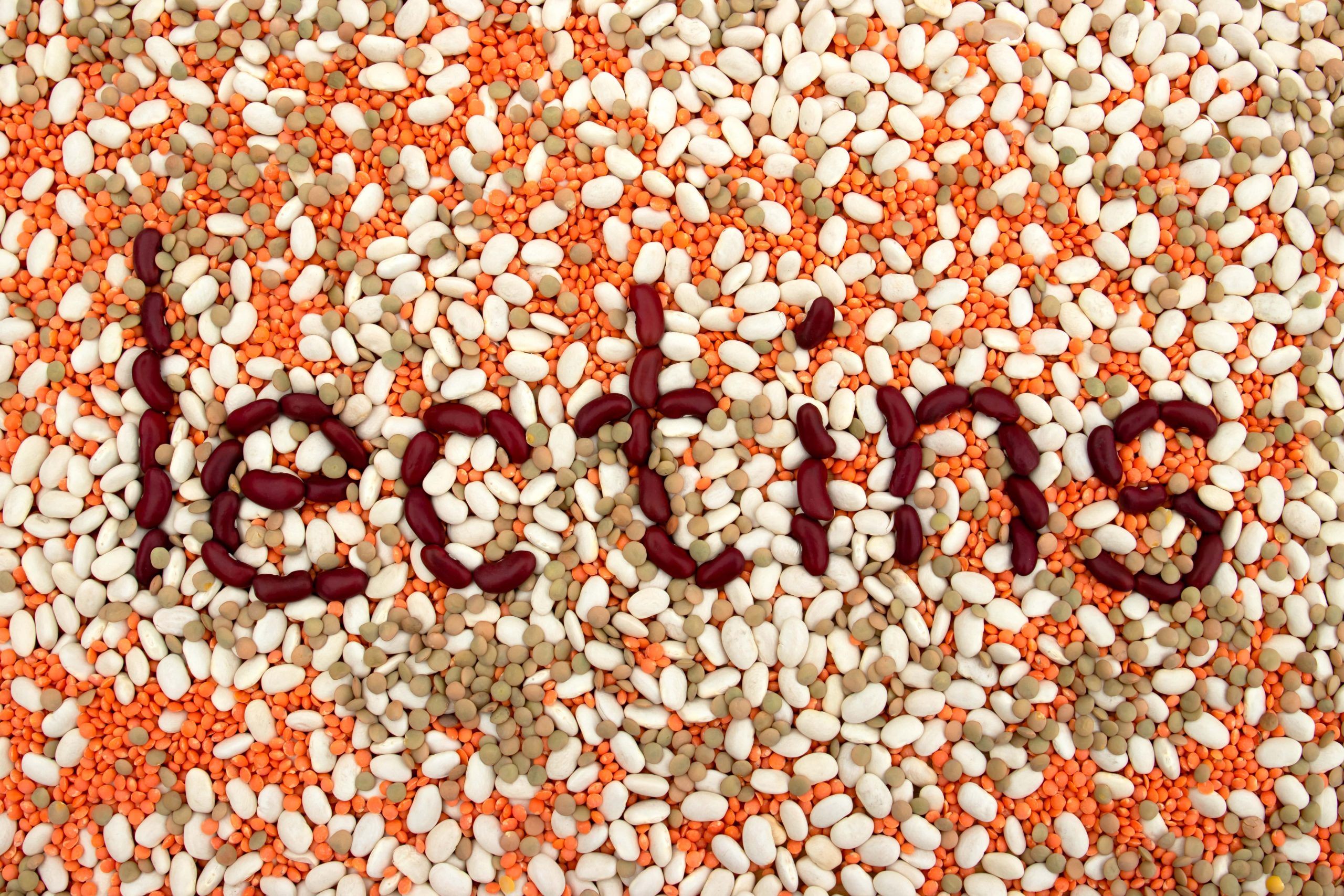The hormone estrogen is critical for the sexual life and reproductive development of women and men. Once a woman attains menopause, estrogen levels usually go down, necessitating the need for supplementation using dietary sources.
Sexual attraction and development such as breast and hips are reproductive growth aspects in women that happen courtesy of the hormone estrogen. This hormone is present in males and females, especially during the reproductive stages when it is needed the most. However, after attaining menopause, women often experience a backlash in estrogen, resulting in negative side effects such as heavy sweating at night and hot flashes. In such cases, focusing on dietary sources of estrogen helps lower these effects, as these foods perform more like estrogen. Find out from this write-up which foods are these.
Functions of estrogen
The primary function of estrogen that quickly comes to mind at the very mention of this hormone is sex life and reproduction. The physical developments that become noticeable in a lady at and after puberty are all because of this hormone. Even the control of the menstrual cycle is the functionality of the estrogen hormone. Still, the hormone estrogen has other uses outside sex life and reproduction. Some studies link this hormone to the good health of the bones. Heart problems and cancer are a problem women experience, and estrogen is said to possess properties that can help with the two. Men can also benefit from anticancer properties of this hormone. Mood regulation and bone health are two great roles of estrogen that both women and men can benefit from.
A critical reminder
The foods discussed here as dietary sources are indeed great sources of estrogen. Their mode of functionality differs, with some promoting estrogen secretion in the body while others enhance the functionality of estrogen already produced in the body. Still, some imitate the functionality of estrogen, performing more as this hormone would. Studies are ongoing and are aimed at finding the ultimate effects of these phytoestrogens, especially negative (if any).
Currently, there are no negative side effects linked to phytoestrogens. Still, it’s good to have in mind that different people react differently to various foods. Thus, consulting your medical advisor before opting for these foods will help you take care of any reaction due to hormonal changes. Here are foods that can boost estrogen levels in the body or act more like this hormone.
Flaxseeds
You might have noticed that whenever nutritionists and different people talk about healthy seeds and nuts today they often mention flaxseeds in that list. This is because the brown to golden seeds have been studied and found to have numerous health benefits. They are rich in lignans, a form of phytoestrogen, and have as much as 800times as most plants do. Due to the presence of phytoestrogen, flaxseeds can help with breast cancer in women, especially once they attain menopause.
Soy
If you are in your sixties and won’t stop having hot flashes and night sweats, you may want to consider including soy in your diet. This is because soy is rich in isoflavone, another form of phytoestrogen that can help manage those postmenopausal problems. While women are predisposed to breast cancer, many men suffer from prostate cancer. Including soy in one’s diet will not only help manage these problems but will supply the body with rich nutrients and a range of vitamins. Tempeh, edamame, and tofu are some of the great ways of enjoying the benefits of this versatile food.
Dried fruits
Many people love snacks. Probably you also love snacks and won’t resist a bite before retiring to bed. If that snack is a no-fuss and helps you reap a wide array of health benefits without any side effects, it’s even better. And that’s exactly what dried fruits are. Healthy snacks pump in some nutrients and minerals in the body. They are also a great source of phytoestrogen. Prune, dried apricots and dates are sweet, healthy, and no-fuss snacks. Fibers are also a great aspect of diet, and dried fruits are rich in these, both insoluble and insoluble forms.
Peaches, blueberries, and strawberries
Peaches, apart from being sweet and healthy, also offer the body a lot of phytoestrogens. They are especially rich in lignans, a form of phytoestrogen. One line of research suggests that women should have at least two servings of peaches in a week to lower the risk of contracting breast cancer. Blueberries and strawberries are also a good alternative, but peaches offer the highest quality of phytoestrogens besides other health benefits. Raspberries and cranberries also fit well in this list.
Sesame seeds
Consuming sesame seeds as they are or in their powdered form supplies men and women with phytoestrogens. In one study, postmenopausal women were given 50g of powdered sesame seeds daily for five weeks. At the end of the research, their risk for breast cancer was considerably reduced and their cholesterol levels also went down, lowering their chances of suffering from heart disease.
Red wine
Besides being a famous drink, red wine is now receiving a new line of appreciation. The wine is thought to be able to control cholesterol levels in menopausal women, thereby lowering their risks of getting heart disease. This is especially true due to the presence of resveratrol, a form of phytoestrogen that controls cholesterol levels. Red wine is also currently being reviewed for its role in incapacitating the growth of tumors and cancerous cells in women past menopause.
Garlic
From Asia to the USA and all over the world, garlic makes one of the best spices because of its characteristic pungent aroma and flavor. It also possesses a range of health benefits besides the many culinary attributes, which is why the spice is popular. Studies are currently underway to prove that garlic may actually boost blood estrogen levels.
Cruciferous vegetables
Talking about superfoods, most cruciferous vegetables fit in this list. These include cabbage, cauliflower, Brussel sprouts, and broccoli. Besides their rich nutritional profiles, these vegetables are great sources of phytoestrogens. Coumestrol, a phytonutrient, can mimic estrogen and is found in cabbage and Brussel sprouts. Cauliflower and broccoli are rich in lignans, a unique form of phytoestrogen.
Conclusion
Estrogen is a critical hormone needed for reproduction and sex life. As women advance in age and near or go past menopause, they may experience hot flashes and night sweats due to low levels of hormones. This article discussed great examples of foods that could boost estrogen levels or mimic the hormone’s functionality, thereby minimizing the stated negative effects of low levels of estrogen.
- Our Big Kitchen’ (OBK) is a non-profit organization located in Sydney, Australia - April 10, 2023
- Duos CBD, a hemp product E-commerce website - April 10, 2023
- SOFA SPOONING SEX POSITION - April 7, 2023









